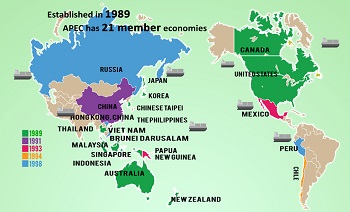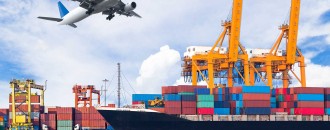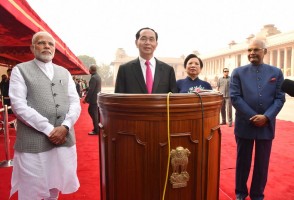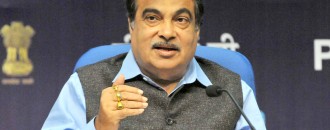
APEC 2014: China accedes, USA concedes, India looks on
Bidhu Bhushan Palo | @TheDollarBiz
 Source - APEC
Source - APECOnlookers are usually rattled when rivals join hands to improve their financial condition because talks on economic partnerships can neither be superficial nor mere diplomacy. And this time, it is Barack Obama, Vladimir Putin and Xi Jinping who have forgotten their differences to meet by the Yanqi Lake in Beijing to take forward the economic partnership among 21 nations on both sides of the Pacific Ocean. Formed 25 years ago in 1989, the influence and the potential of the Asia-Pacific Economic Cooperation (APEC) is huge. In 2010, this group’s total trade stood at around $16.8 trillion ($3 trillion or 18% by China alone), which is more than five times the $3.1 trillion recorded in 1989. In comparison, trade by the rest of the world, which includes Europe, India, the Middle East and Africa, stood at around $21.1 trillion in 2010, up from $4.6 trillion in 1989.
 Source - APEC
Source - APECThe economic cooperation between countries such as China, Japan, USA, Russia and Vietnam has resulted in 48 FTAs (as of June 2011) of which 42 are in force. APEC members have reduced trade barriers – average tariff rates dropping from 16.9% in 1989 to 5.8% by 2010 -- claims APEC. Countries in the group have also signed around 151 RTA/FTAs (as of April 2014) of which 142 are in force. One of the reasons for such achievements by APEC is the focus on trade. APEC's focus revolves around three points: Trade and Investment Liberalisation, Business Facilitation, and Economic and Technical Cooperation. However, there are challenges and overcoming those now favours China which has grown significantly since 1989. Chairing the APEC 2014, Xi has hinted that the world order has changed and countries must now allow China to lead. He said, “The impacts of the international financial crisis linger and recovery in some economies remains fragile. The Asia-Pacific has the daunting tasks of raising equality and efficiency of economy and in replacing old growth areas with new ones.” APEC leaders have agreed to pursue the realisation of a Free Trade Area of the Asia-Pacific (FTAAP) which aims to bring under one umbrella the Regional Comprehensive Economic Partnership (RCEP) and Trans-Pacific Partnership (TPP). Leaders have also agreed to encourage e-commerce and have come up with the first-ever APEC Connectivity Blueprint which is expected to help China act as a link between Asia and the Americas. “China and the other APEC members are looking forward to reaping a harvest at the 22nd APEC Economic Leaders’ Meeting,” Xi said.
 Source - APEC
Source - APECThe harvest includes major concessions by USA. While Xi has said that China is willing to work with USA on climate change, Iran, North Korea and Afghanistan, USA has agreed to resume negotiations on the World Trade Organisation's (WTO) Information Technology Agreement (ITA) by including more products. The Ministry of Commerce, China, told the state news agency in China, “ITA expansion has a significant commercial value, as consensus had been made on tariff exemptions for about 200 items before the U.S. dropped out of the negotiations a year ago.” Importantly, Obama had to reiterate that USA does not support the independence of Taiwan and Tibet, China's state news agency reported. Meanwhile, India, which has a “Look East” and “Link West” policy, has become a mere bystander in all this. Xi had invited India’s PM Narendra Modi to participate in APEC 2014, but Modi declined the proposal and instead chose to participate in the 25th ASEAN summit which began in Nay Pyi Taw, Myanmar, today.
I fully agree and admire the concept of @makeinindia_ it can drive the economy. Thailand can apply it for its economy too: Thailand PM — PMO India (@PMOIndia) November 12, 2014
This week, Modi first met Myanmar’s President U Thein Sein and spoke about improving connectivity between the two countries. Modi has also met Thailand’s military ruler Prayut Chan-o-cha who praised the “Make in India” initiative. However, instead of asking Thai companies to go and make in India, Prayut Chan-o-cha said, “Thailand can apply it for its economy too.”
This blog was published on November 12, 2014.





 to success.
to success.